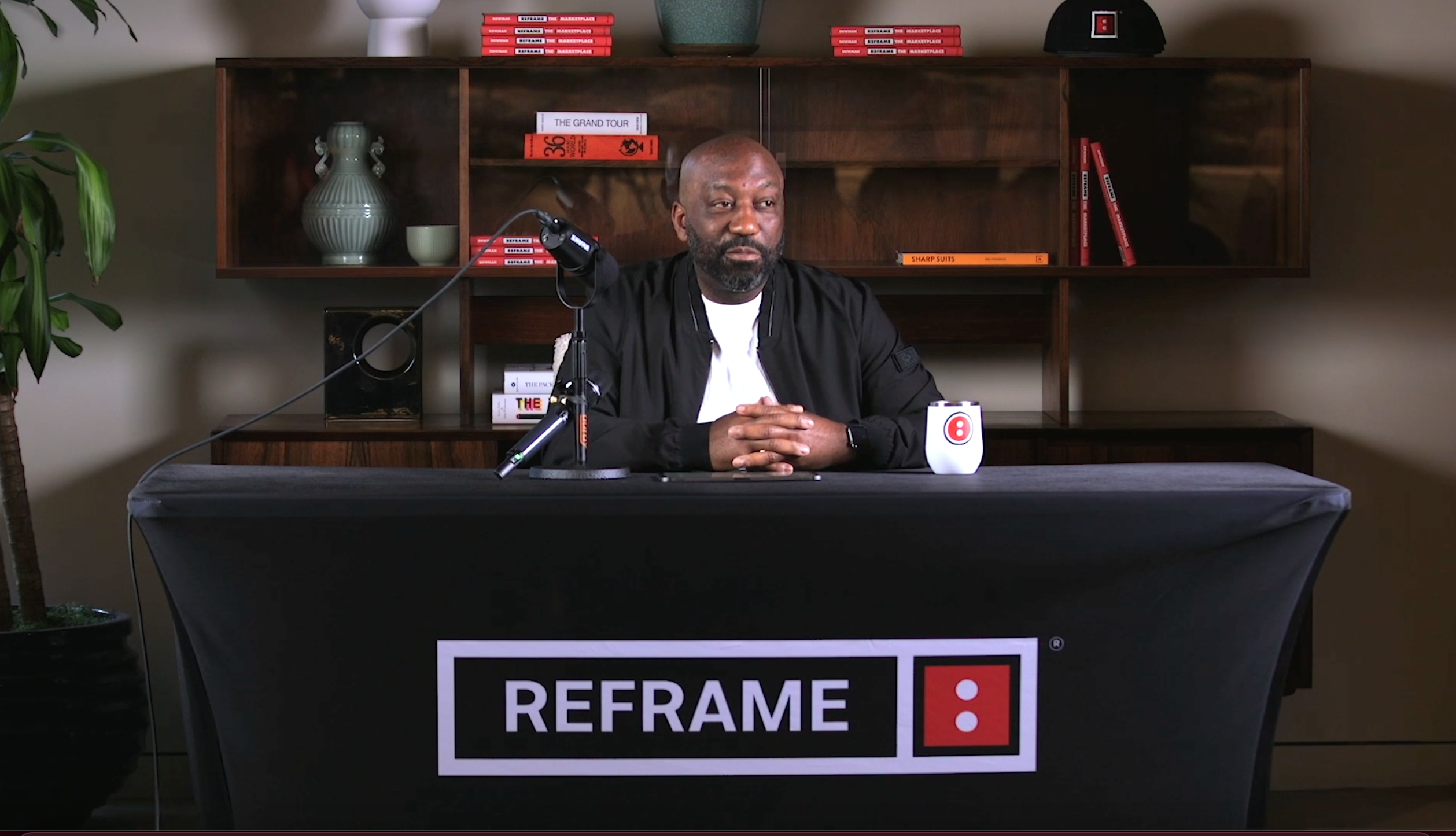Trans-Cultural Defined
The Five Stages of Culture – Stage 5
Trans-cultural: Seeing oneself “in the other”
Trans means across or beyond. Transcultural is rooted in the breaking down of boundaries and the concept that no one culture “belongs” to any one group. Put simply, no one’s culture is predetermined for them.
Marketers use it to describe people in the marketplace who were “born into” one culture but identify with another. This goes beyond mimicking or adopting another culture or ethnicity’s traditions, customs, or behaviors. Transcultural individuals are cultural expatriates who identify strongly with a culture they select.
Synonym – Morph
Where you might have seen this term used before:
Transgender – A transgender individual identifies with a gender other than the one they were “born into.”
Transcultural Nursing – A best practice implemented to aid healthcare professionals. Transcultural Nursing recognizes that patients come from many, and sometimes a blend of, cultures. It is based on the theory or principle that caregiving preferences vary from culture to culture and that caregivers should treat individuals as individuals.
Sociology – Transcultural was originally defined in 1940 with the goal of capturing the new multi-hemispheric intermingling of cultures encouraged by modern evolutions in transportation and WWII.
Potential workplace outcomes:
Positive – Fluid in nature, transcultural does not confine or label.
Negative – Criticized by those who do not believe culture and/or ethnicity should be a choice. Difficult to tabulate.
Examples of it in recent current events:
Rachel Dolezal – Former Spokeswoman of the NAACP shocked the nation when it was revealed that she was born white but “identifies as black.”
David Bowie – In inventing his alter ego, Ziggy Stardust, Bowie transcended traditional ideas of masculinity. He preferred a look, style, and appeal that were as boundless as the genres of music that inspired him.
Example images:
While collectively these images represent a variety of people when reviewed closely you’ll note that the individuals featured have opted into a culture other than the one they were “born into.”
This article is the fifth in a five-part series on closing the generational cultural gap between the workplace and the marketplace. Originally published in Reframe The Marketplace: The Total Market Approach to Reaching the New Majority, today’s workplace is two generations culturally removed from the marketplace. This article series provides a contextual lens on workplace and marketplace cultural definitions – understanding these nuanced differences can help identify and #closethegap between the workplace and marketplace.
Interested in learning more about how to capture your total addressable market? Please be sure to check out these posts:
The New Currency For Diversity & Inclusion
Mono-cultural Defined
Multi-cultural Defined
Cross-cultural Defined
Poly-cultural Defined
Or get the industry’s first “how to” guide, Reframe The Marketplace: The Total Market Approach to Reaching the New Majority
Related Blog Articles






